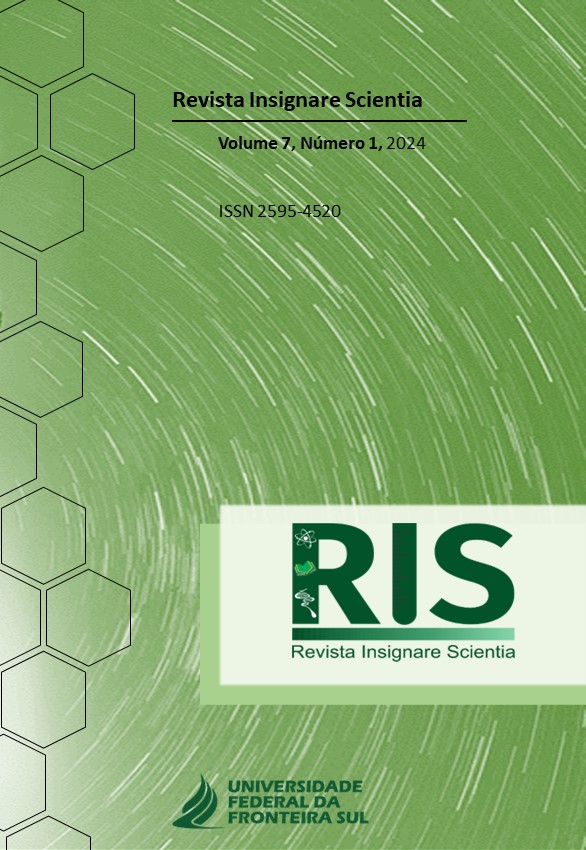High school students' perceptions about snakes: is it possible to demystify?
DOI:
https://doi.org/10.36661/2595-4520.2024v7n1.13331Keywords:
Venomous animals, Environmental education, Focus group, Snakes, SquamataAbstract
The relationship between human beings and snakes is increasingly common. Such interaction results in popular knowledge transmitted over generations, constructing myths and beliefs that are translated into feelings of fear and repulsion towards these reptiles. Therefore, the use of strategies that highlight the ecological and environmental importance of snakes is important in the search for the demystification necessary for conservation. Our study aimed to verify the perception of public high school students on the topic “snakes”, using different pedagogical interventions. The following were used: focus group; dialogued expository class and demonstrative practice with fixed animals, questionnaire application and model and text production workshop. The focus group revealed controversial aspects about the biology of these animals and first aid, as well as reports of aversion and beliefs. The classes helped to promote empathy and during the workshop we observed mistakes in the representation of morphological structures, however, we verified a change in conception about common sense beliefs in the textual production. In view of the above, we suggest that when approaching topics shrouded in myths and beliefs, different teaching strategies be adopted to promote learning, seeking empathy about the importance that each animal group plays in nature.






















